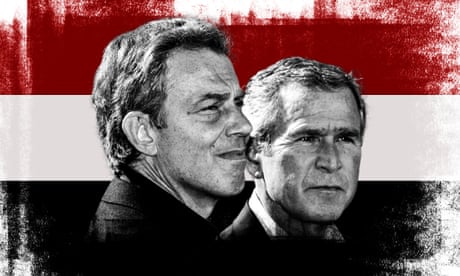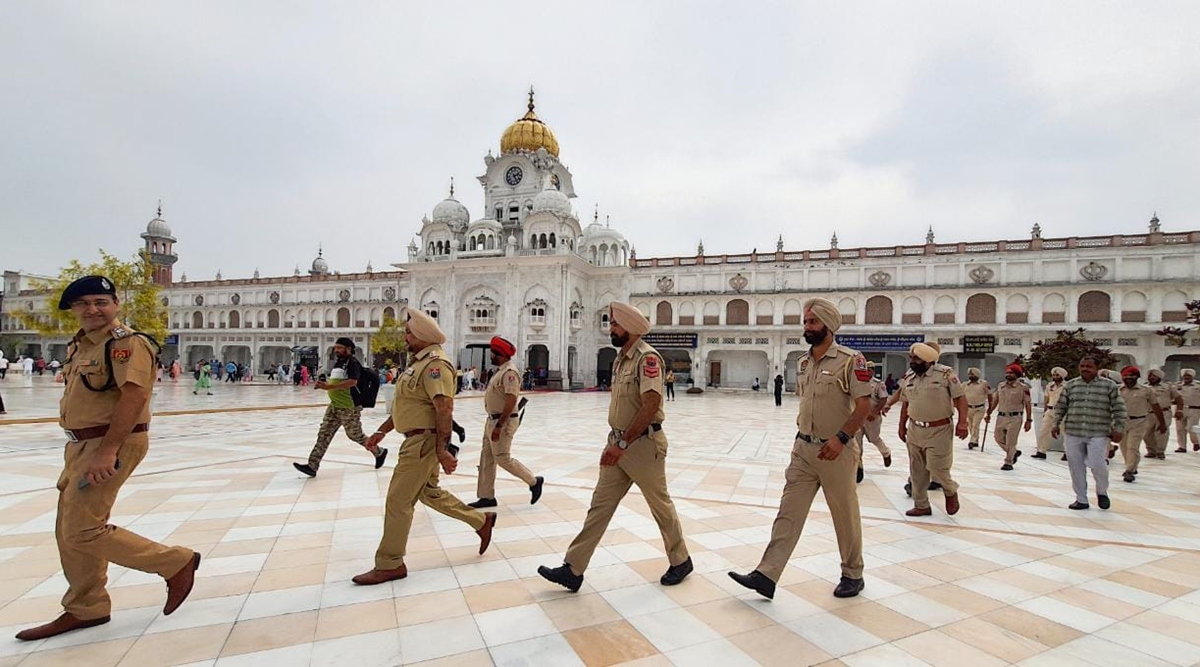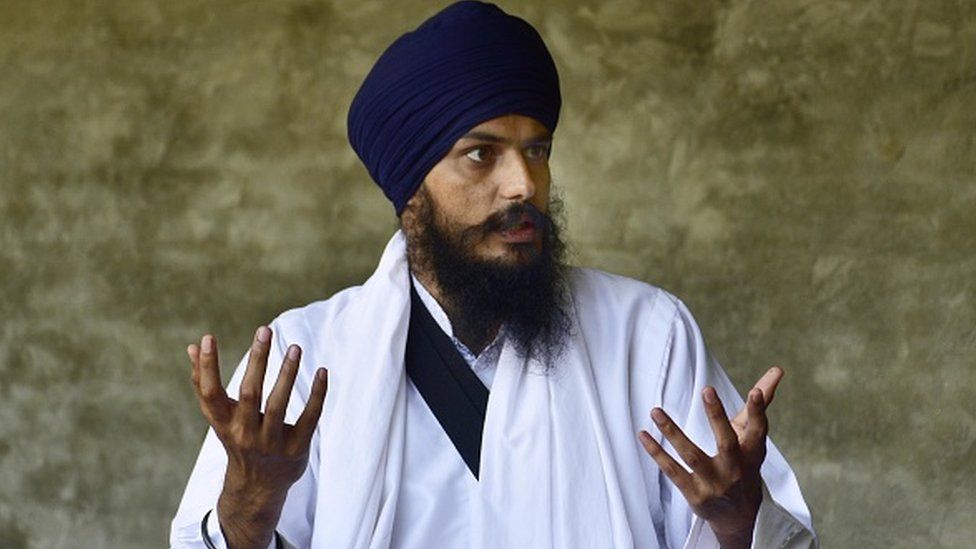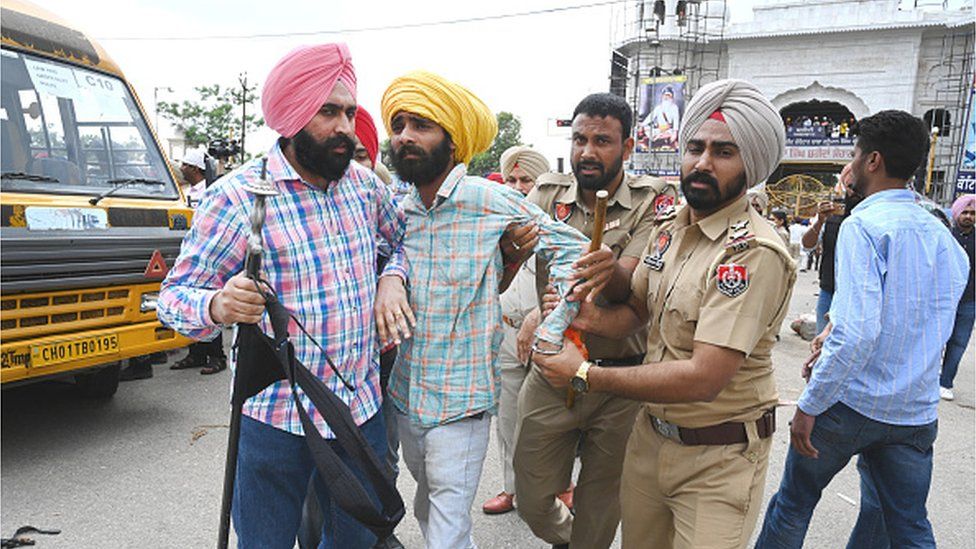How to foster US mineral trade with Africa

Vice President Kamala Harris will be in sub-Saharan Africa this week as part of the Biden administration’s effort to strengthen its diplomatic and economic relationships in the region. We have the opportunity to leverage trade policy to our advantage, with the potential benefits including strengthening clean energy supply chains — especially in light of intense investment and diplomacy by China on the sub-continent.
The three countries on Harris’ itinerary — Ghana, Tanzania and Zambia — have some commonalities. They have all steadily overcome past colonial challenges to emerge as democracies after long periods of autocratic or one-party rule. Tanzania, in particular, has also enacted policies recently to become more foreign business-friendly. All three are also rich in natural resources, including minerals needed to shift the world to clean energy. These include lithium in Ghana, nickel in Tanzania and copper and cobalt in Zambia.
Promoting U.S. investment in these countries is part of a relatively new priority for the U.S. in securing these materials from “friendly” countries. The recently passed Inflation Reduction Act provides financial stimulus for U.S. manufacturing of all forms of clean energy generation and electric vehicles (EVs), but the U.S. industry needs access to the minerals outside of China.
African minerals development can help reorient the global critical minerals supply chain from its current dominance by China. China refines about 80 percent of the world’s lithium and 66 percent of its cobalt, sourced in part from commercial relationships across the African continent. The most cited case is the Democratic Republic of the Congo (DRC): It produces 70 percent of the world’s Cobalt and Chinese entities own about 80 percent of the total DRC cobalt production.
Despite this, most African countries have had dismal recent economic performance. In the 10 years leading to 2021, population-weighted GDP grew at only 1.7 percent per year and there was negligible growth in the economic value of exports in Ghana, Zambia and Tanzania.
It is with this backdrop that the U.S government is engaging with African governments to facilitate mineral resource development. Yet, as it does so, it must commit that it will work with U.S. industry to adhere to a few basic principles if it is to avoid repeating the extractive industries’ mistakes of the past and instead build productive and sustainable business ties with our African allies.
1) Equity
Facilitating domestic buy-in and minimizing project and political risk starts with fairly apportioning economic benefits among the operating companies, host countries and local communities.
2) Revenue transparency
Revenue generated from future mineral extraction projects should be subject to transparency requirements and disclosures consistent with the Extractive Industries Transparency Initiative (EITI). This substantially reduces the potential for financial impropriety while promoting broad domestic support for mineral extraction activities and helping to sustain a robust license to operate that is less susceptible to political risk.
3) Enhanced capacity building
Local content rules, which stipulate the minimum labor and economic value of construction projects to be provided by in-country sources, have been a staple of contracts with developing nations in the extraction industry for decades. But fostering economic development for our African partners can include encouraging the building of processing capabilities to mineral extraction to keep more economic value in the region.
4) Sustainability and environmental stewardship
Care must be taken to ensure that mineral development projects reflect best practice operational processes and standards for effective environmental stewardship. This is particularly relevant given climate change and the need to minimize the impact on forest areas, which comprise, for example, 41 percent, 52 percent and 65 percent of Ghana’s, Tanzania’s and Zambia’s land mass, respectively.
State-of-the-art processes and technologies can take environmental stewardship even further. One interesting example is Lifezone Metals. The company is working to develop the Kabanga nickel sulfide deposits in Tanzania, which are among the world’s largest. It intends to process the nickel using hydrometallurgy technology, which is a cleaner, low-energy, low-carbon alternative to traditional smelting and refining.
Perhaps the most important lever for mutually beneficial development of African minerals is trade policy. For example, under the Inflation Reduction Act (IRA), substantial tax advantages are granted to EVs with battery components extracted or processed within the U.S. or U.S. Free Trade Agreement (FTA) partners. Thus, granting Free Trade partner status to select mineral-rich African countries can help accelerate investment in critical minerals extraction and boost the resilience of the U.S. critical minerals supply chain.
Navigating the path to deeper economic ties across Africa involves finding the opportunities that allow us to uphold our values, allow industry to realize a fair value on its investments and satisfy the needs of our country partners. The rewards go beyond minerals, as the U.S. can strengthen its economic, cultural and security ties with countries in the global south. Such diplomacy should pay benefits well beyond the value of commodities.
Brad Handler is Payne Institute for Public Policy program manager and sustainable finance lab researcher at the Colorado School of Mines, as well as a former Wall Street equity research analyst in the oil and gas sector.
Juliet Akamboe is a Payne Institute researcher. She has been recognized as one of the 100 Global Inspirational Women in Mining in 2022 by Women in Mining UK. She has worked as a corporate and investment banker with more than 15 years of experience across global/financial markets, sales and risk management in mining. She was head of Mining & Metals West Africa for the Standard Bank Group.
Baba Freeman is a Payne Institute researcher. He has worked in the oil industry, including at Cobalt Energy, Equinor and Hess. He has also worked as a management consultant at Accenture, Booz & Company and KPMG in the U.S., Australia, West Africa and the Middle East.








